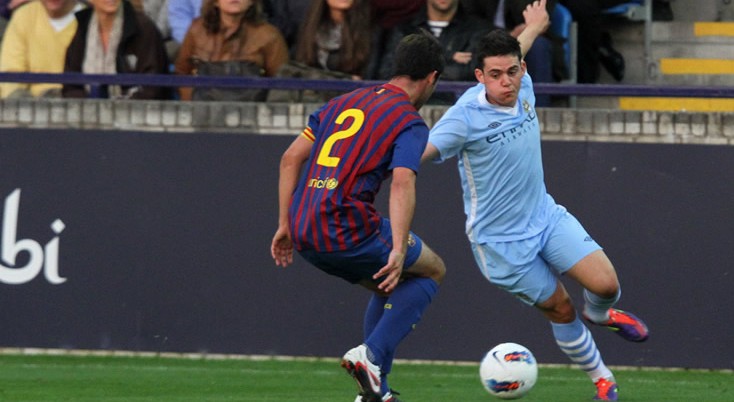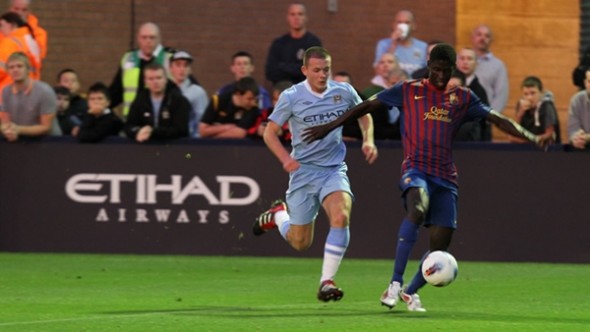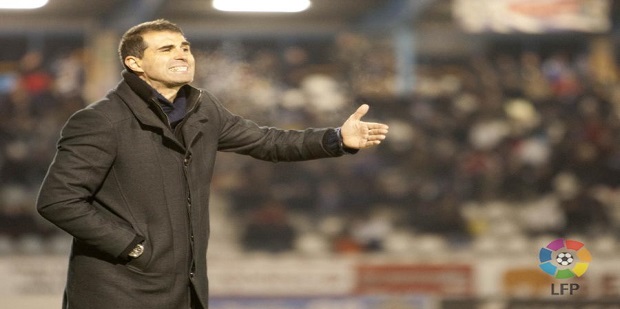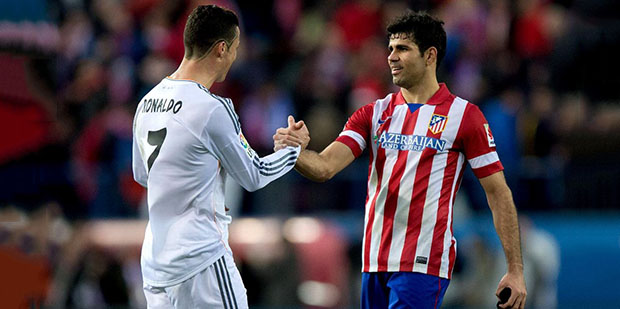- S.D. Eibar ready for maiden La Liga outing
- SD Eibar stengthen ahead of debut La Liga season
- Can ‘Super Mario’ live up to expectations in Madrid?
- MAN IN THE GROUND – Brentford 0 – 4 Osasuna
- Historic Basque derby welcomes S.D. Eibar to La Liga
- Munich to Madrid, via Brazil – Tony Kroos
- Rakitic in Spanish Switch
- Can Spain find redemption in Rio?
- Viva Espana! A season of redemption for Spanish football
- From the old to the new: who can fill the void in years to come for La Roja?
An Outsider Looking In: Youth football in Spain and England
- Updated: 22 April, 2012

One big word that I didn’t hear once in any of the youth sessions was ‘NO!’ This is shouted so often in coaching sessions in England, and often coaches don’t understand how that can be interpreted by the players. If a player tries a ‘Maradona’ turn followed by a scissor and he is unsuccessful, you hear coaches shout ‘no’. They may be great coaches but have not conveyed what they mean by using this word.
They may simply mean that it is the wrong technique, to keep trying, but as the brain is hardwired to think negatively, the player can interpret this as ‘I should never try this again’. This is stifling his creativity.
CE Europa, like many clubs in Spain, offers an internal league. This is something that clubs in England could look into. They have youth teams from the ages of 8 to 18 but also offer an internal league at a fee of around 550 euros a year. These players play in a non competitive league at the club. There are around 700 players from a number of age groups who don’t represent the club externally but play for the club against other CE Europa teams.
This means that if the player develops and eventually becomes good enough for the team, then they have been taught in the way that the club want them to play already. Also, they do not have to compete with other clubs when they do become good enough to play because they are already playing for CE Europa in some capacity. Player retention is made a lot easier. Players are not only learning what is expected of them technically at the club but they are also learning what values the club has.
In all sessions, faith was placed in the players, and the coaches were more like facilitators for the players than coaches. They allowed them to become the players they wanted to be, and most importantly, individuals, within a team environment. The players were given feedback: terminal when needed it or concurrent when it can alter performance quickly. However, it was feedback, not criticism. They did not instill fear in the players, they breathed confidence in them.
The word that was shouted the most was ‘calm’ which says alot about how they want to train the players. I must stress though that I am not totally disapproving English coaching, as many could take a leaf out of the way Manchester United’s academy. Rene Meulensteen has aided in creating a way of coaching players using variations of small sided games that allow players to be creative and play the way they want to play.
There are many clubs in England who are trying to find the best way to coach youth players and some are really making great strides in doing this. On the other hand, some are stuck in their ways, and will not change the way they coach. Spain is developing in the right direction, even though it may not be on the perfect path, and allowing players to take the path they want to take.
They know how important the brain is in football, and that creating intelligent small sided games for youth players will help them rather than make them robotic. They may not be at the same level of Michel Bruyninckx’s brain centred learning but they are challenging the players mentally.
Watching some Premier League academy sessions, you see youth players becoming homogonised, as they do the same passing drills over and again to try to create the player the club want, rather than the player he/she wants to be. This is a shame because in the end, they will only unlock part of the potential of the player and his creativity will be lost, along with any individualism they used to have.
____________________________________

One Comment
You must be logged in to post a comment Login






Pingback: An Outsider Looking In: Youth football in Spain and England | TheInsiders